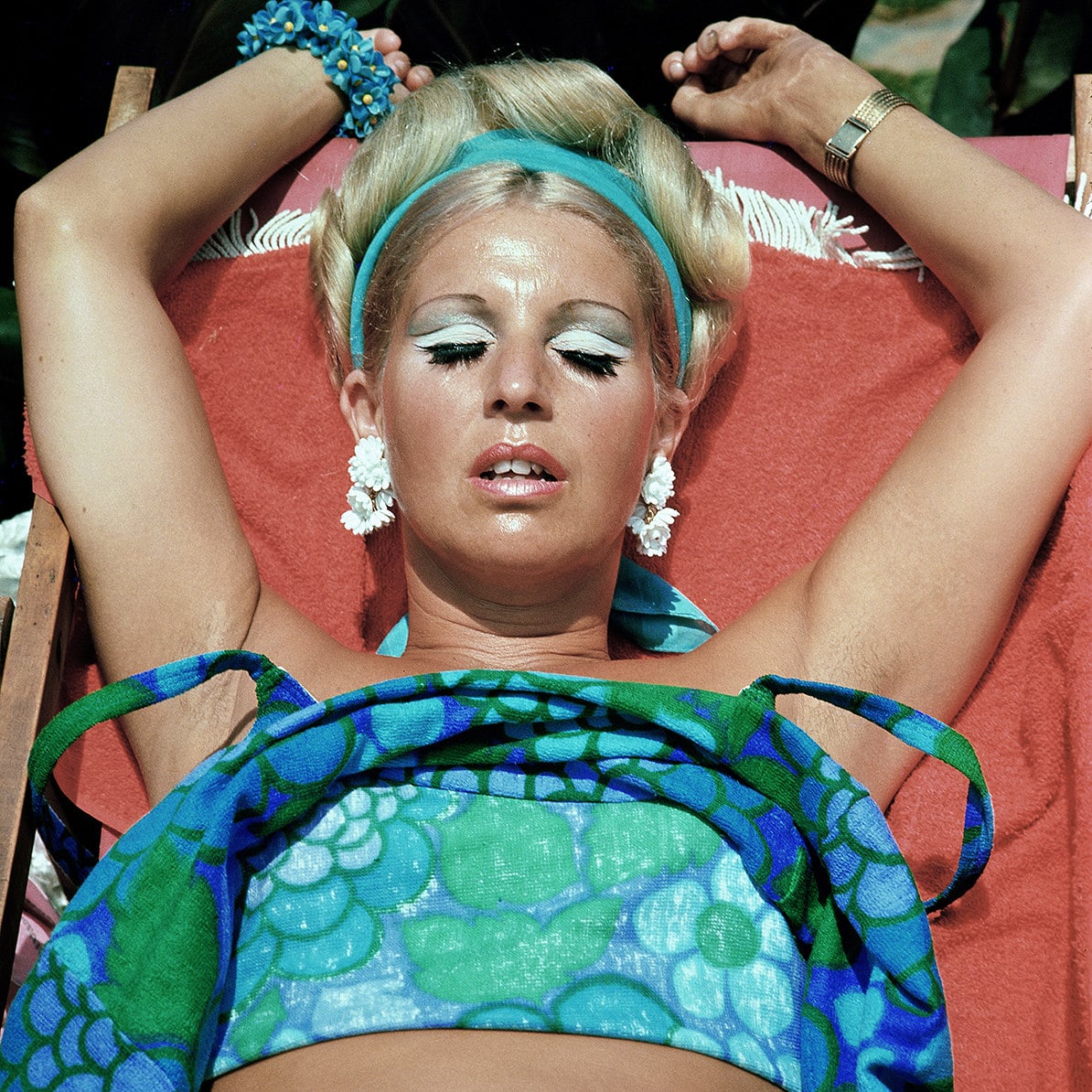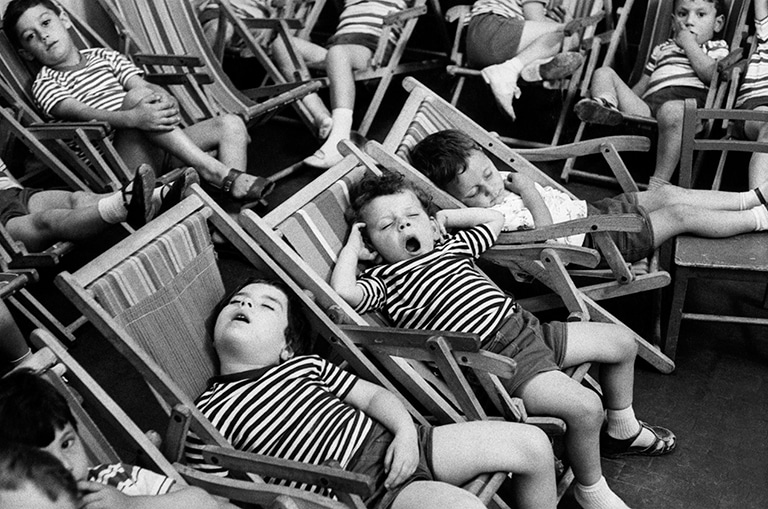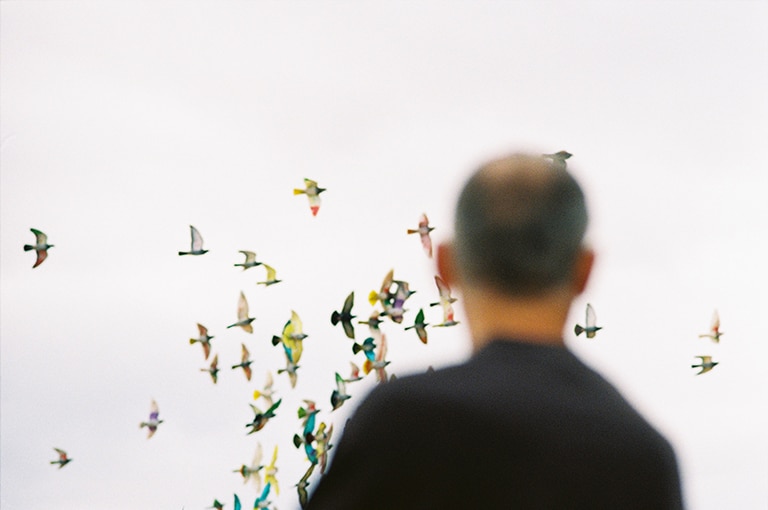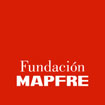Pérez Siquier
FEB.14.2020 ──────── MAY.17.2020

Carlos Pérez Siquier
Marbella, 1974
© Carlos Pérez Siquier
This exhibition aims to serve as an extensive retrospective of his most distinguished series carried out between 1957 and 2018 and includes a substantial number of unpublished images and documentary material that enrich their discourse.
Throughout his career, which led to him receiving the 2003 National Photography Prize, this photographer has created a photographic corpus that participates in the debates of the times in a tangential yet also profound and scathing way. His photographic series are populated by the periphery of society, the visual alterations arising out of Franco-era developmentalism, the cultural shock produced by the massive influx of foreign tourists to Spain, and his recent withdrawal into a more personal domain.
A sense of humor: these scenes of daily life in La Chanca feature another aspect which is often avoided and which Pérez Siquier‘s gaze singles out, thereby somewhat qualifying the fixed category of realism: namely a sense of humor. This is another reason why these images might seem to disappoint us if we are attempting to find devastating evidence of illness and misery in them. There is a comical side to these images in which the complicity between the photographer and those being portrayed becomes a constant.
Color: Well aware of the significance of moving to color photography, Pérez Siquier decided to abandon the comfortable aesthetic he had mastered with black and white 35mm film in order to start using a larger format camera, a Rolleiflex with 6 x 6mm film. This Chanca is the same yet different: it is not only a chromatic change, it is an entity in its own right. The perspective and the framing changes, the surfaces are enlarged and they begin to take center stage. Pérez Siquier gradually begins to move away from the daily life of its inhabitants who never appear merely for the sake of it.
Afal: in 1956, when Pérez Siquier began his legendary “La Chanca” series, guided by José María Artero, he also founded AFAL, a magazine and group that revolutionized the Spanish photography scene. AFAL was the catalyst for the most influential photography collective of its time, an important showcase for the work of the most interesting and innovative young Spanish photographers of the time. It is rightly considered to be the most important renewal movement in the history of Spanish photography.
Download press conference:
If you would like high resolution images, please let us know for which publication or media is your request: Click here.




